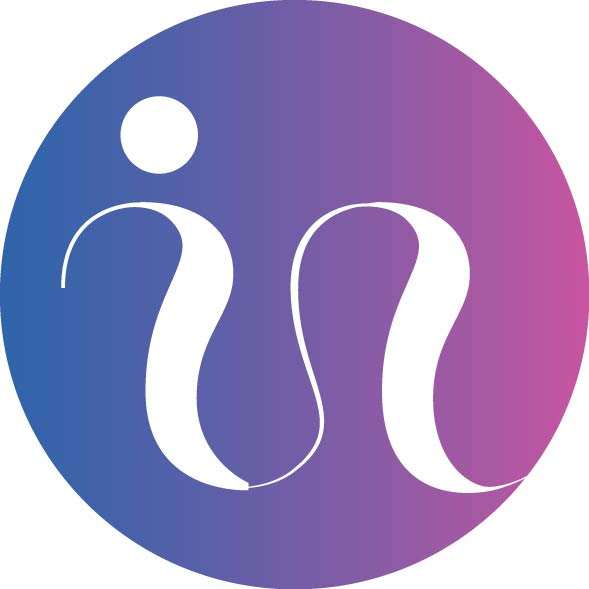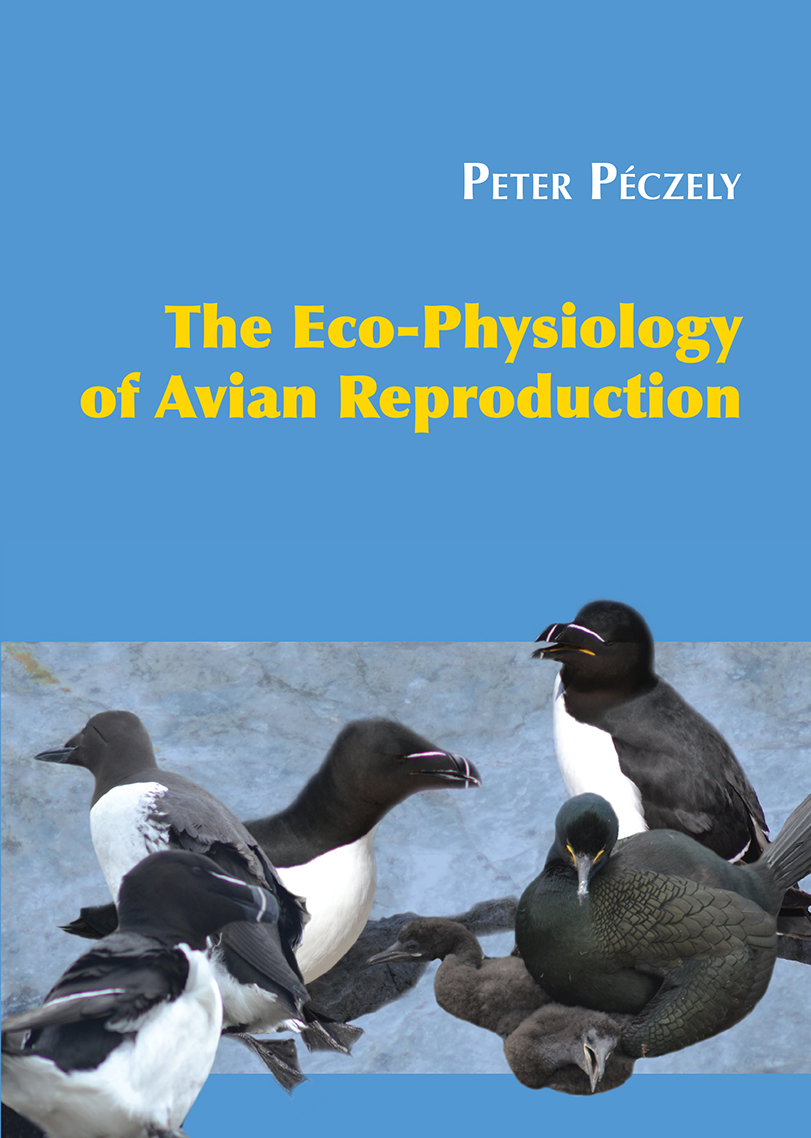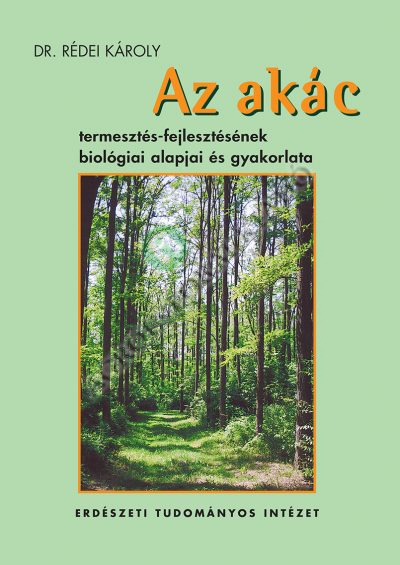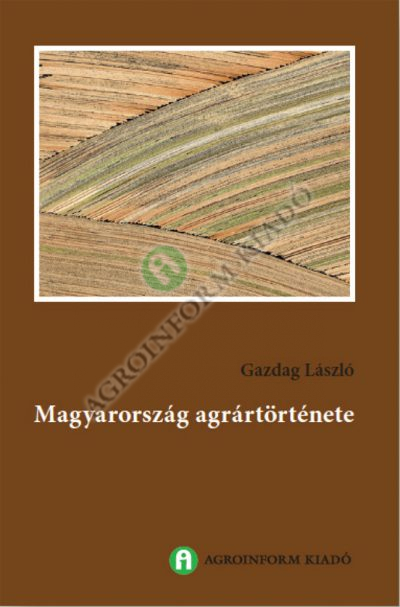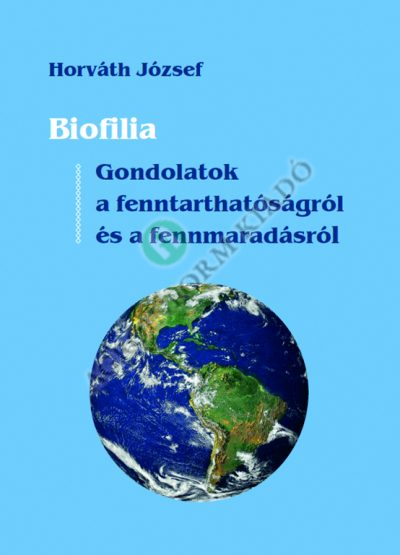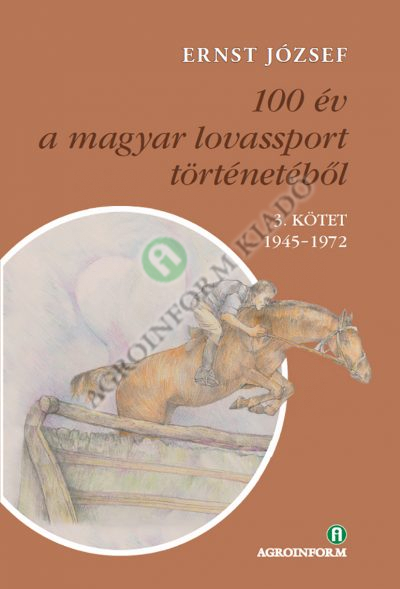Tartalom
1. The reproduction cycle as a part of the annual biocycle
1.1. Wintering of migratory birds and the spring premigratory – migratory phase 1.2. Wintering of sedentery birds
1.3. Relationship of pre-reproduction phase with the spring prenuptial molt
1.4. Molting processes in fall: the postbreeding postnuptial molt and the autumnal prenuptial molt
1.5. The period after the breeding and after the postnuptial molt: hyperphagie, development of subcutan lipid depots and partial sexual reactivation at the end of summer and in fall
1.6. The fall migration: relationship with molting and postbreeding hyperphagie
2.Role of diurnal-‐ and seasonal rhythms in the regulation of seasonal reproduction of birds
2.1. Regulatory role of photoperiod, photosensitivity, photo-‐gonadostimulation
2.1.1. Photoreceptors
2.2. Circadian biological clock, clock genes, the function of pacemakers
2.2.1. Circadian and diurnal rhythms
2.2.2. Relationships of circannual and seasonal rhythms
2.3. Neuroendocrine mechanisms of photostimulation and photo-‐gonadostimulation
3. The elements of reproduction cycle
3.1. Puberty and seasonal maturation
3.2. Formation of breeding territory, territorial behaviour
3.3. Beginning of reproduction activity, pair selection, mate guarding, extrapair paternty
3.4. Courtship, copulation and nest building
3.4.1. Courtship
3.4.1.1. Neuroendocrine regulation of courtship behaviour
3.4.2. Copulatory behaviour
3.4.3. Nest building behaviour, nest building models
3.4.3.1. Individual breeding birds
3.4.3.2. Breeding colonies
3.5. Egglaying, production of a clutch
3.5.1. Replacement of the clutch, repeated breeding, continuous egg-production in domesticated bird species
3.6. Breeding systems
3.6.2. Polygamy (polygyny), development of harem, polyandry, sex-reversion, promiscuity
3.6.3. Cooperative breeding
3.6.4. Opportunistic breeding strategy
3.7. The brooding
3.7.1. Neuroendocrine regulation of brooding
3.8. Brood parasitism
3.9. Parental care, paternal and maternal investment, social effects
3.9.1. Neuroendocrine regulation of parental behaviour
3.9.2. Epigenetic manifestation of parental behaviour
Index

